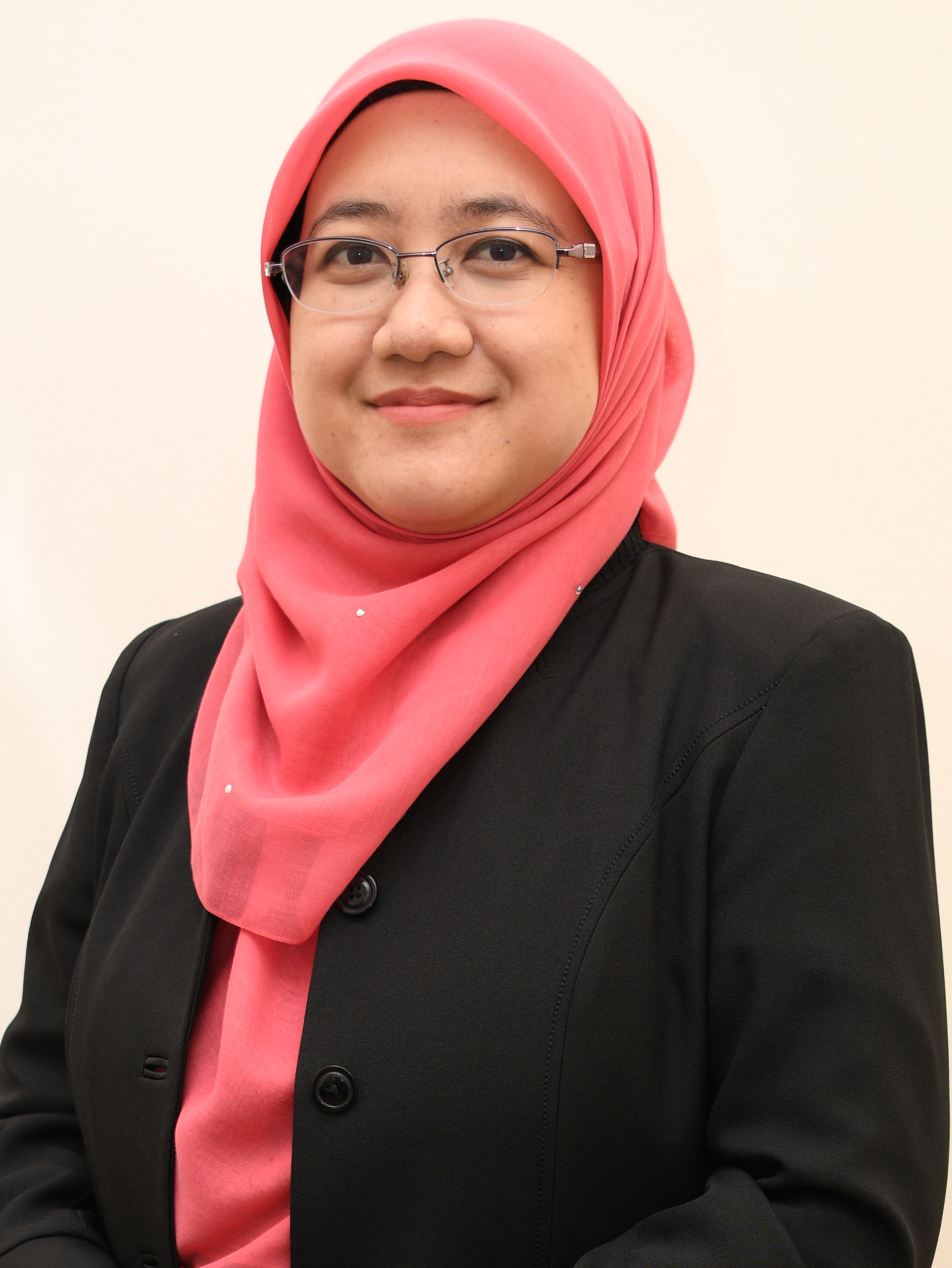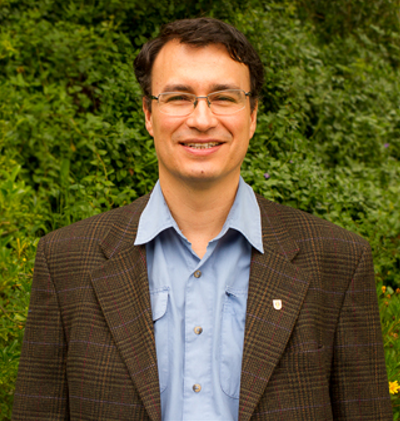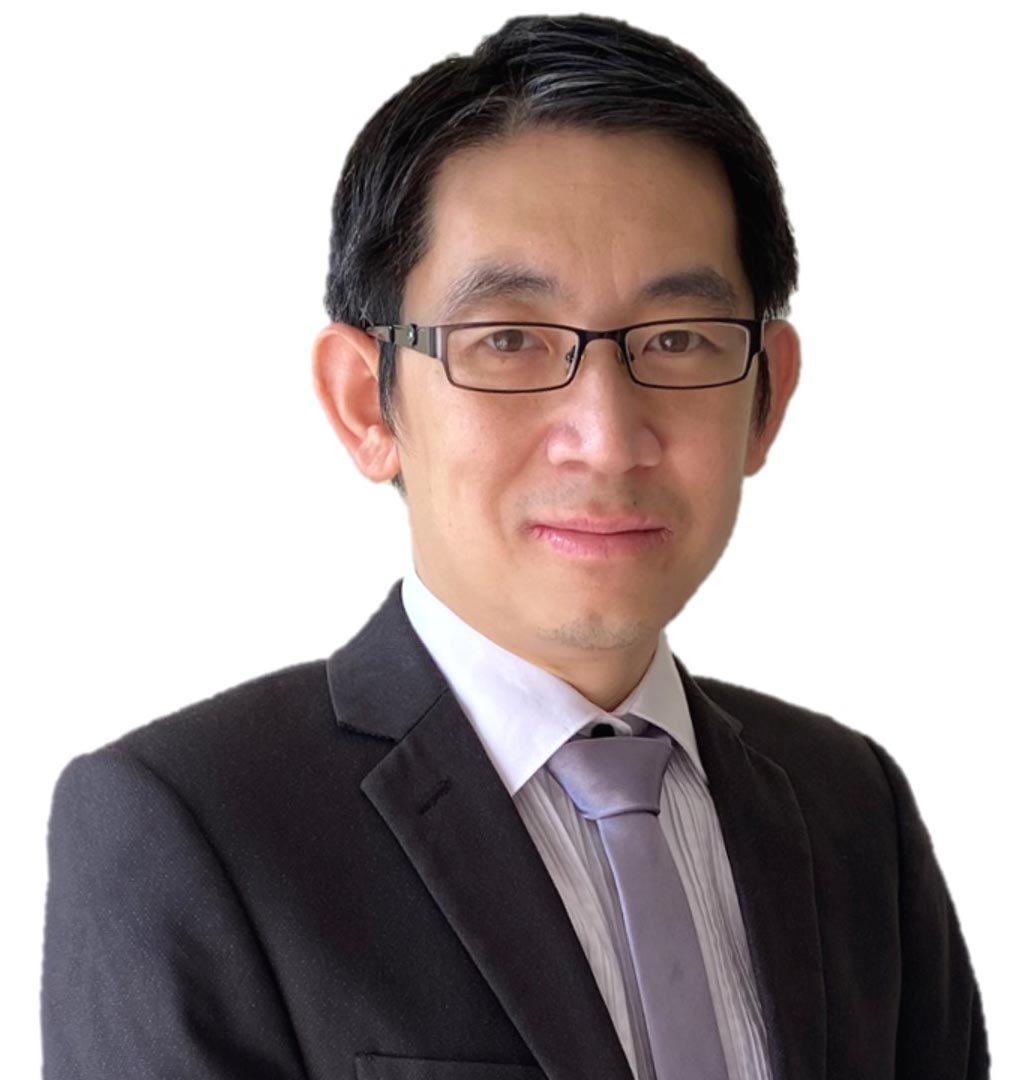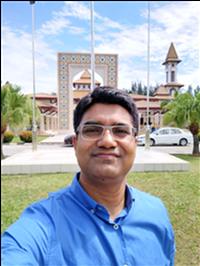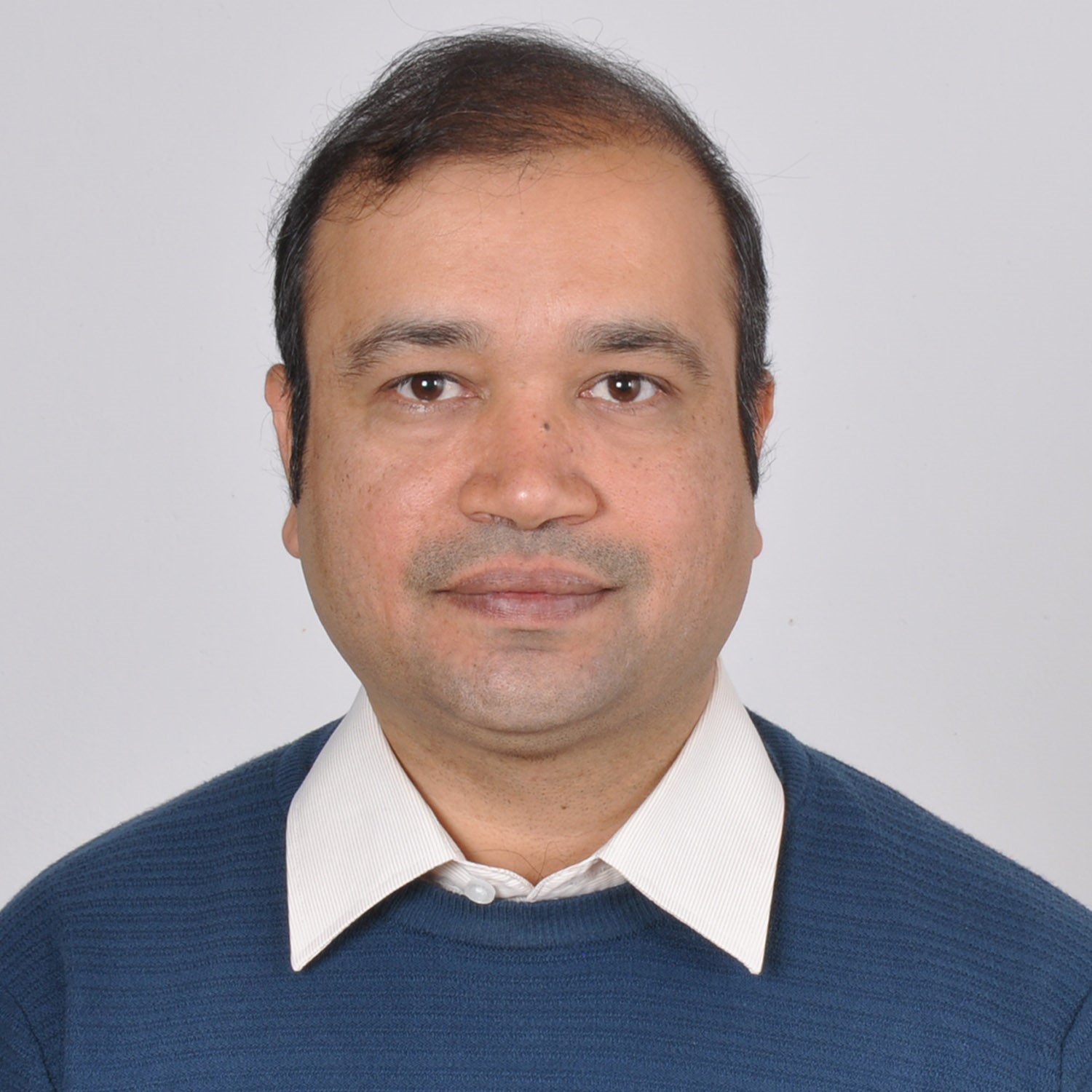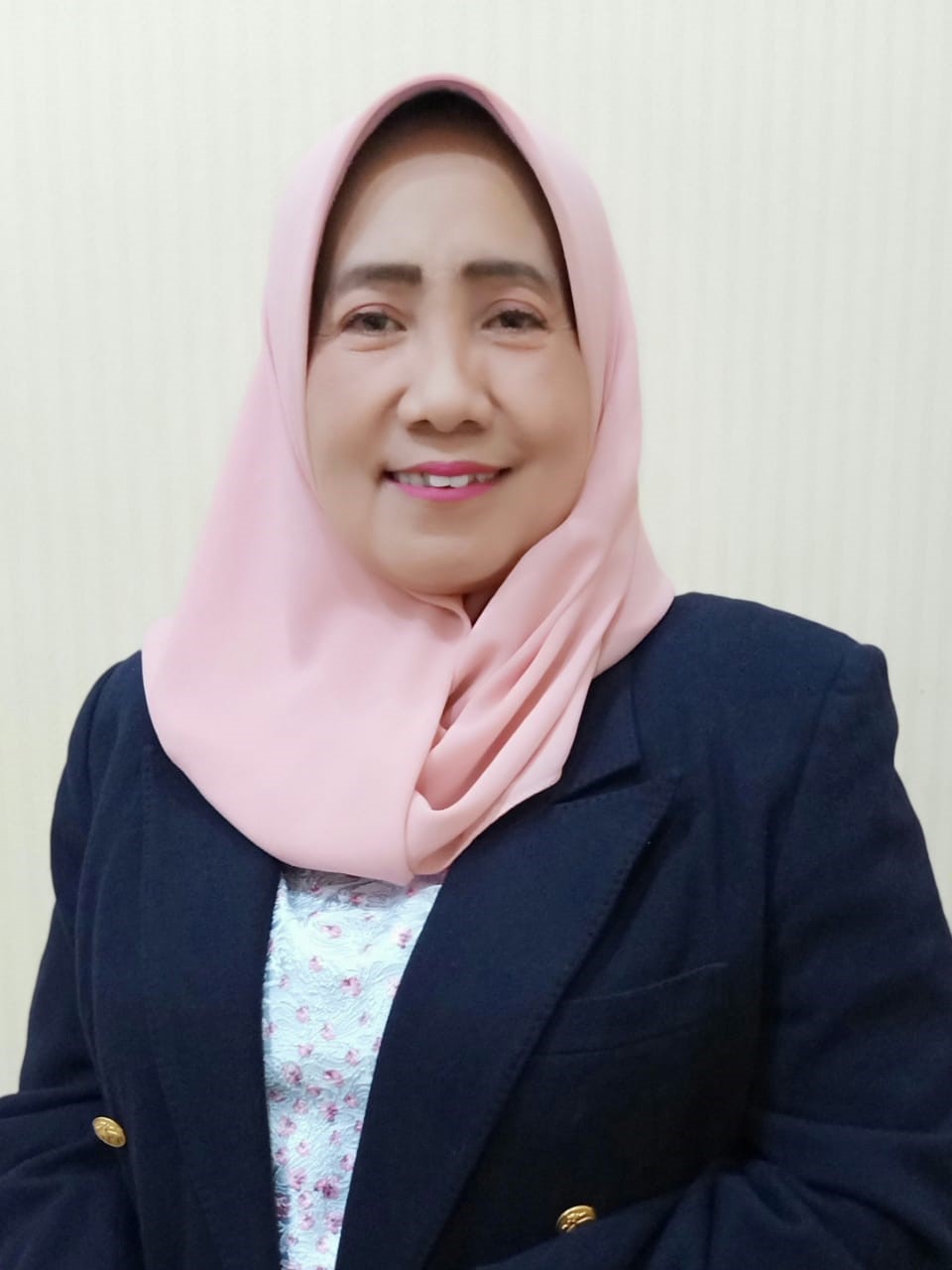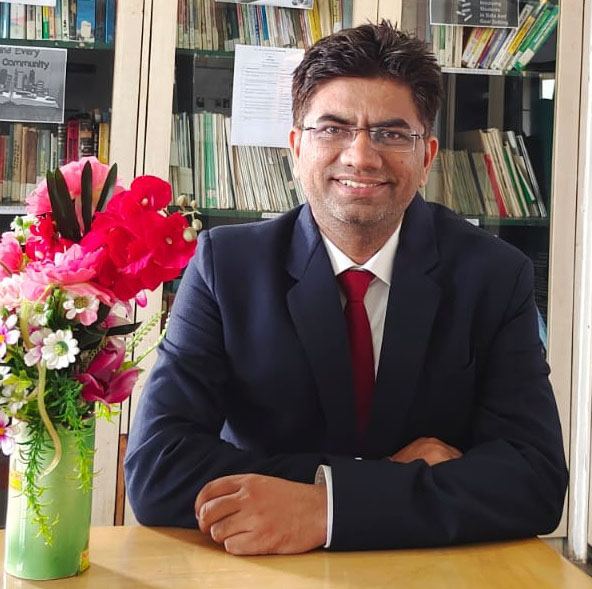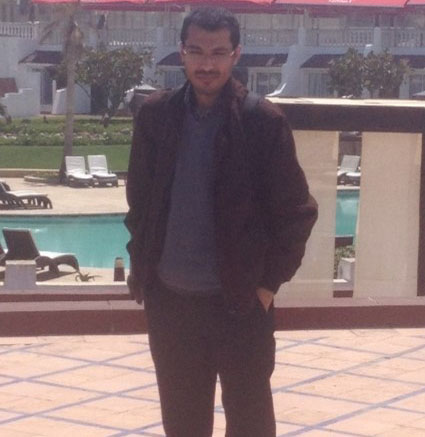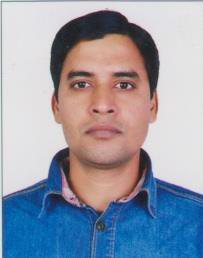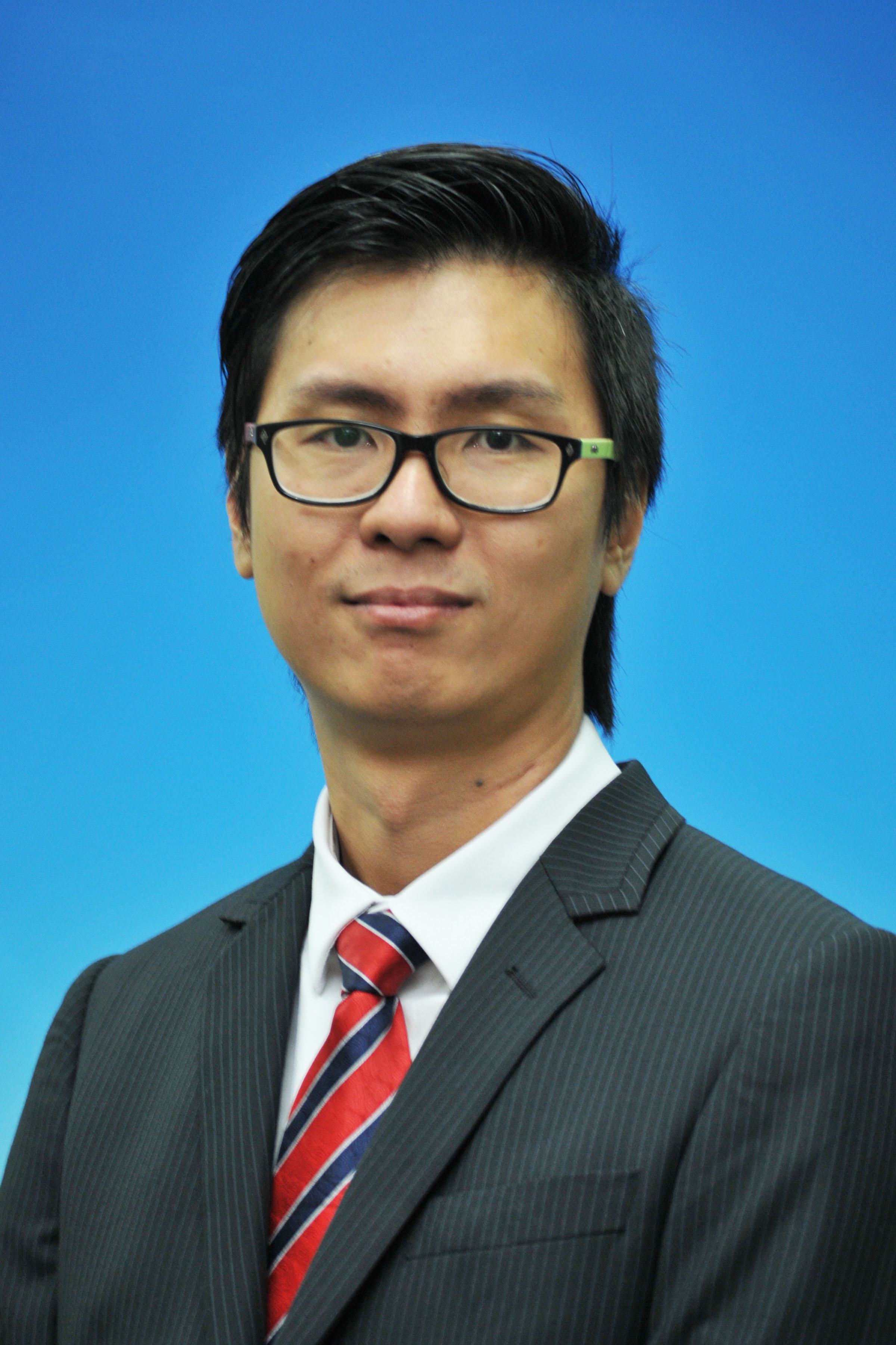Invited Speakers
Dr. Amal Najihah Muhamad Nor
Faculty of Earth Science, Universiti Malaysia Kelantan, MalaysiaSpeech Title: Impact of rapid urban expansion on green space structure
Abstract: Rapid urban expansion has had a significant impact on green space structure. A wide variety of modelling approaches have been tested to simulate urban expansion; however, the effectiveness of simulations of the spatial structure of urban expansion remains unexplored. This study aims to model and predict urban expansion in three cities (Kuala Lumpur, Metro Manila and Jakarta), all experiencing rapid urban expansion, and to identify which are the main drivers, including spatial planning, in the resulting spatial patterns. Land Change Modeller (LCM)-Markov Chain models were used, parameterised on changes observed between 1988/1989 and 1999 and verified with the urban form observed for 2014. These models were then used to simulate urban expansion for the year 2030. The spatial structure of the simulated 2030 land use was then compared with the 2030 master plan for each city using spatial metrics. LCM-Markov Chain models proved to be a suitable method for simulating the development of future land use. There were also important differences in the projected spatial structure for 2030 when compared to the planned development in each city; substantive differences in the size, density, distance, shape and spatial pattern. Evidence suggests that these spatial patterns are influenced by the forms of rapid urban expansion experienced in these cities and respective master planning policies of the municipalities of the cities. The use of integrated simulation modelling and landscape ecology analytics supplies significant insights into the evolution of the spatial structure of urban expansion and identifies constraints and informs intervention for spatial planning and policies in cities.
Dr. Rafael Rubilar
Departamento de Silvicultura, Universidad de Concepción, ChileSpeech Title: Opportunities on Selecting Eucalyptus Genotypes for Growth Efficiency under Climate Change
Abstract: Climate change has significantly impaired forest productivity of Eucalyptus in many areas of the world and mainly on Mediterranean climates. Selecting genotypes that may provide opportunities for maintaining productivity under reduced water resource availability is key for forest industry but also for ecosystem carbon sequestration and soil health. Evaluation of a range of 30 genotypes across contrasting soil-site environments, and under contrasting irrigation regimes at each site, showed that differences in growth efficiency (GE) are high under reduced water availability scenarios but small differences were observed under high water availability scenarios. Our results indicate that genotype selection needs to consider impacts on water use, water use efficiency and growth efficiency under forthcoming climate change scenarios in order to reduce productivity and ecosystem sustainability risks.
Assoc. Prof. Dr Chow Ming Fai
School of Engineering, Monash University Malaysia, MalaysiaSpeech Title: Prediction Performance of Dissolved Oxygen (DO) in A Drinking Water Supply Reservoir Using Artificial Neural Network (ANN)
Abstract: Water quality status in terms of one crucial parameter such as dissolved oxygen (D.O.) has been an important concern in the drinking water supply reservoir. Therefore, this study aims to develop a reliable prediction model to predict D.O. in the reservoir for better water quality monitoring. The proposed model is an artificial neural network (ANN) with one hidden layer. Twenty-nine years of water quality data have been used to validate the accuracy of the proposed model. A different number of neurons have been investigated to optimize the model's accuracy. Statistical indices have been used to examine the reliability of the model. In addition to that, sensitivity analysis has been carried out to investigate the model's sensitivity to the input parameters. The results revealed the proposed model capable of capturing the dissolved oxygen's nonlinearity with an acceptable level of accuracy where the R-squared value was equal to 0.98. The optimum number of neurons was found to be equal to 15-neuron. Sensitivity analysis shows that the model can predict D.O. where four input parameters have been included as input where the d-factor value was equal to 0.010. This main achievement and finding will significantly impact the water quality status in reservoirs. Having such a simple and accurate model embedded in IoT devices to monitor and predict water quality parameters in real-time would ease the decision-makers and managers to control the pollution risk and support their decisions to improve water quality in reservoirs.
Dr. Md Munir Hayet Khan
Faculty of Engineering and Quantity Surveying, INTI International University, MalaysiaSpeech Title: Applications of Hybrid Artificial Intelligence Models in Hydrology
Abstract: The last couple of decades have seen remarkable progress in the ability to develop accurate hydrologic models. Among various conceptual and black box models developed over this period, hybrid Artificial Intelligence (AI)-based models have been amongst the most promising in simulating hydrologic processes. Accurate and reliable agricultural, water resources planning and management to ensure sustainable use of watershed resources cannot be achieved without precise and reliable models. Not withstanding that the highly stochastic nature of hydrological processes, the development of models capable of describing such complex phenomena is a growing area of research. The present talk focuses on defining hybrid modeling, the advantages of such combined models, as well as the history and potential future of their application in hydrology to predict important processes of the hydrologic cycle. Over the years, the use of AI models in hydrology has steadily increased and attracted interest given the robustness and accuracy of the approach. This is attributable to the usefulness of AI combined with wavelet transforms in many cases with multi-resolution analysis, de-noising, and edge effect detection over a signal, as well as the strong capability of AI methods in optimization and prediction of processes. Providing insight into the modeling of complex phenomena through a thorough overview of the literature, current research, and expanding research horizons can enhance the potential for accurate and well designed models. Several ideas for future areas of research are also presented in this talk.
Dr. Enrico Zacchei
Itecons, Coimbra, PortugalSpeech Title: Combination of Photovoltaics with Wastewater Treatment Plants to Reduce Energy Consumption in Aeration Tanks and Produce Sustainable Energy
Abstract: Photovoltaic (PV) energy systems are one of the best renewable energy technologies due to the high green energy productivity. Here PV system was combined with the wastewater treatment plants (WWTPs) which are usually designed separately. For this, a methodology was proposed by providing some steps to evaluate the peck power of PVs to reduce the energy consumptions of aeration tanks in WWTPs. New analytical equations and parameters, based on the air temperatures, solar irradiations, biological kinetics, dissolved oxygens, mechanical oxygenations, were defined. In particular, the key parameter was the air temperature variation that represent a good reference temperature in the oxidation tanks.
The oxidation tanks consume about 30% of the total cost for a WWTP. For a small WWTP this cost can increase since the temperature changes in function of the season variation, therefore there is a peak in function of the quantity of oxidation, thus energy consumption, which is high in the summer season. This is because, when the temperature increases, the oxygen decreases. Also, by curves in terms of solar radiation vs. temperature, it is shown that the curve trend is like a PV system and therefore it could be possible to well design the PV system with the WWTPs.
Results show that if the air temperature curve increases, the energy consumption of oxidation blowers increase; in this way the PV design is in favour of safety without overestimate the design parameters. Also, results show that the average trend of the energy consumption of aeration systems reach a value of 10-15% (covering part of 30%) by a temperature of 20-25 °C.
This study will support the sector in making decision over PV investments, helping wastewater utilities to consider sustainable management practices. In this sense, a further contribute to develop the integration of renewable energy sources, combined with wastewater sectors, is encouraged. This purpose is consistent with the goal 7 of the 2030 Agenda for Sustainable Development to “ensure access to affordable, reliable, sustainable and modern energy for all”.
Dr. Tariq Umar
Architecture and the Built Environment, University of the West of England, UKSpeech Title: Challenges of Renewable Energy Resources in Arabian Gulf Region
Abstract: Considering the importance of energy for social and economic development, access to clean, affordable, and reliable energy has been adopted as one of the UN Sustainable Development Goals (SDGs) which all countries aim to achieve by 2030. Due to environmental and climatic impact, conventional energy resources (oil, gas, and coal) are recognized as a major contributor to CO2 emission and thus become the main cause of global warming. Much of the world energy is still, however, produced from fossil fuels and thus the progress towards clean and renewable energy is considerably slow. This presentation aims to present the results of the research in which the key challenges towards renewable energy in Gulf Cooperation Council (GCC) countries were explored. The GCC countries which include Saudi Arabia, Oman, United Arab Emirates, Kuwait, Bahrain, and Qatar are blessed with plenty of oil and gas reserves are recognize as the main consumer of the earther resources. A mixed research method involving both qualitative and quantitative were adopted to deliver the aims and objectives of the research. The key challenges identified through the literature review were ranked using a quantitative approach through the data collected from a selective sample (N = 87) across the six GCC countries. These challenges as per their ranking are (i) Policies and Regulations, (ii) Manpower Experience and Competencies (iii) Renewable Energy Education (iv) Public Awareness (v) Costs and Incentive for Renewable Energy (vi) Government Commitment. The finding of this research could be helpful to decision-makers and government organizations in the region to develop strategies to overcome these identified challenges.
Prof. Tri Retnaningsih Soeprobowati
Department of Biology, Faculty Science and Mathematics, Diponegoro University, IndonesiaSpeech Title: Water Crisis, Climate Change, Impact, and Solution from the Perspective of Paleolimnology
Abstract: Lakes are one inland water that has important water resources, covering 72% of the total Indonesian surface water. However, Indonesia faced a water crisis, especially in Java, Bali, and Nusa Tenggara. Even when the pandemic Covid-19 changes to endemic, the striving for clean water is challenging to fulfill the demand. Increasing human population and reduction of the water sources is one of the problems: water quality, sedimentation, eutrophication, the threat of biodiversity, and water quantity which in turn affected lake function for hydropower electricity, irrigation, fisheries, tourism, and socio-cultural activities. On the other side, climate change also threatened the inland freshwater ecosystem and its services. The paleolimnological approach will be discussed as a base for developing sustainable lake management. Protection, conservation, restoration, and sustainable use of the lakes are essential for the integrated management plan for each lake, with the pilot project of Rawapening Lake. This implementation paleo reconstruction had been applied in Balekambang Lake, a small ancient lake in Dieng Plateau that is threatened to be extinct. The record of flooding, eruption, and deterioration of water quality histories well preserved in the sediment.
Dr. Thiago Augusto Formentini
Department of Soil and Environment, Swedish University of Agricultural Sciences, SwedenSpeech Title: Immobilizing Arsenic in A Contaminated Anoxic Aquifer Using Zerovalent Iron: Insights from As and Fe K-edge XAS
Abstract: Arsenic (As) is carcinogenic and a widespread groundwater contaminant throughout the world. Zerovalent iron (ZVI) can reduce As contamination via adsorption/co-precipitation with Fe oxides formed during its corrosion. Applying ZVI in the field has often occurred in a trial-and-error manner, i.e. by monitoring contaminant concentrations downstream the groundwater flow followed by additional injections in many cases. The mechanisms and the immobilization capacity towards As of different types of ZVI at complex, realistic, and comparable field conditions are poorly known. We studied an As-contaminated aquifer in Hjältevad, Sweden, with As concentration at ca. 1,400 µg.L-1 in the groundwater and ca. 50 mg.kg-1 in dried sediments. Anoxic conditions throughout the aquifer is consistent with the predominance of As(III) species, which are more harmful and mobile.
Four ZVI sorbents were tested in the laboratory under oxygen-free atmosphere. They have different particle sizes and different coatings: micro and nano ZVI, with and without sulfidic shell. Experiments were conducted in two complementary ways: batch experiments and columns experiments.
All sorbents decreased the As concentration in solution. However, parameters such as pH, redox potential, and the rate at which As was removed suggests that immobilization kinetics and mechanisms may be different. Before ZVI addition, As K-edge XANES shows that As(V) is dominant in the solid phase whereas As(III) dominates the aqueous phase. The sorption of aqueous As(III) onto the newly formed Fe phases takes place via the oxidation of As(III) to As(V), despite the reductive conditions created by the addition of Fe(0), confirmed by the sharp decrease in redox potential. Moreover, Fe K-edge EXAFS indicates that different Fe corrosion products, formed at different rates, coexist depending on particle size and coating.
As a result, the As K-edge XANES fingerprint differs depending on the type of ZVI used, suggesting that different Fe corrosion products lead to different mechanisms of As uptake. Finally, the residual As that remained in solution after ZVI treatment shifted from mostly As(III) in the untreated groundwater to As(V) after ZVI addition.
Our results are important to elucidate the pathways of As sorption by different ZVI materials at realistic conditions in anoxic aquifers. This should provide more reliable predictions on the long-term strength of As immobilization in order to maximize often costly and time-consuming field efforts.
Assoc. Prof. Tushar Rajendra Bagul
Civil Engineering Department, D.Y. Patil College of Engineering, IndiaSpeech Title: Real World Emission and Impact of Three Wheeler Electric Auto-Rickshaw in India
Abstract: The driving pattern of three-wheeled auto-rickshaws is governed by commuter’s demands on certain fixed roads that offer flexible mobility solutions in a mid-size city. This flexibility creates unique driving patterns, frequent stop-and-go conditions, frequent acceleration, braking, and excessive idling, which affect emission rates. Existing emission testing regulation based on the driving cycle does not represent real-world conditions. In this paper, the real-world driving cycle of three-wheeled auto-rickshaw has been developed to provide realistic CO, HC, and NOX pollutants and see the effect of introducing modal shift of electric auto-rickshaw to reduce emission for India. Two policy scenarios were evaluated 1) with a 5% modal shift to electric auto-rickshaw, and 2) without modal shift. The results indicate that with a 5% shift to electric auto-rickshaw, by 2030, emissions will decrease by 6.30% compared to the baseline scenario. Further, by 2030, the projected CO emission would be 1,696,670 ton/year, and HC and NOX emissions would be 2,067,371 ton/year. Results can be useful for policy interventions towards cleaner fuel and the aggressive adoption for reducing pollution from auto-rickshaw.
Dr. Soufiane Haddout
Department of Physics, Faculty of Science, Ibn Tofail University, MoroccoSpeech Title: Environmental and Ecological Effects Due to Extraction of Renewable Energy from Estuaries
Abstract: Estuaries renewable energy, salinity gradient energy (SGE) as example, can be gained from the controlled mixing of two solutions with different salt concentrations, taking advantage of the chemical potential difference. This energy promises to assist in the effort to reduce carbon emissions worldwide. Two main technology types, Reverse Electro-Dialysis (RED) and Pressure-Retarded Osmosis (PRO), make use of semi-permeable membranes which generate an osmotic potential that can be used to generate electricity using turbines in deltas, estuaries, fjords or hyper-saline lakes. In PRO, semi-permeable membranes placed between the two streams of solutions allow the transport of water from low pressure diluted solution to high-pressure concentrated solution. RED requires two alternating semi-permeable membranes that allow the diffusion of the ions but not the flow of H2O. As we know that the estuaries are among the most biologically productive ecosystems on the planet critical to the life cycles of fish, other aquatic animals and the creatures which feed on them. Recently the wider estuarine community asks if this energy could have significant effects on the fisheries and marine life caused by the diverted flow. In this presentation, we focus on the degree of the impact of estuary energy on environment and ecology.
Dr. Anoop Kumar Shukla
Assistant Professor, Manipal School of Architecture and Planning, Manipal Academy of Higher Education, Manipal, IndiaSpeech Title: Water Yield and Water Quality Variability in Upper Ganga Basin (UGB), Uttarakhand, India
Abstract: Upper Ganga basin (UGB) is highly stressed in terms of water resources due to uncontrolled population growth, urbanization and intense agricultural activities in the past four decades. Thus, understanding spatio-temporal variability in the water yield and water quality of this region is of paramount importance for sustainable development and management of its water resources. In the present study, distributed Integrated Valuation of Ecosystem Services and Tradeoffs (InVEST) model is applied to compute water yield variability across the Upper Ganga basin at pixel scale. However, spatiotemporal variations in the important water quality parameters such as turbidity, fluoride (F), total coliform bacteria, pH, hardness (CaCO3), biological oxygen demand (BOD), and dissolved oxygen (DO%) are studied using an overall index of pollution (OIP) developed specifically for this basin. From the results, it is evident that the mean water yield has increased from 1239.92 mm in 1980 to 1754.59 mm in 2015. Similarly, water quality of the upper reaches of the basin has remained in the excellent to acceptable (OIP: 1.38–1.81) class from 2001 to 2012, whereas it has changed from the acceptable to slightly polluted class (OIP: 1.87–2.79) in the lower reaches. Varanasi is identified as the most polluted station in terms of water quality. Both water yield and water quality are highly variable in time and space in this region.
Dr. Yap Soon Poh
Department of Civil Engineering, Faculty of Engineering, University of Malaya, MalaysiaSpeech Title: Feasibility of Recycled Spent Mushroom Substrates for Sustainable Masonry Materials
Abstract: Agricultural wastes are researched as material replacements in the concrete productions, mainly to realize the efforts of conserving natural resources by limiting or eliminating the usage in construction activities. This effort is in line with the United Nations’ Sustainable Development Goals (SDGs), specifically Goal 11 (Make cities and human settlements inclusive, safe, resilient and sustainable) and Goal 12 (Ensure sustainable consumption and production patterns). Among the available agricultural wastes, Recycled Spent Mushroom Substrates (RSMS) as the leftover compost after the mushrooms have been harvested gains its research interest due to its expanding waste generation and lightweight characteristics. Thus the aims of this study are to investigate the feasibility of RSMS as alternative material for conventional constructions materials (fine aggregates and cement) in the productions of masonry structures, particularly on masonry mortar and bricks. The experimental results showed that 5-10% sand replacement by RSMS showed 45-62% strength increment along with 19-24% density reduction. Meanwhile RSMS can be utilized as filler to produce slight strength enhancement for the masonry mortar. In addition, RSMS also showed good potential as cement replacement and for medium-high strength brick productions.

